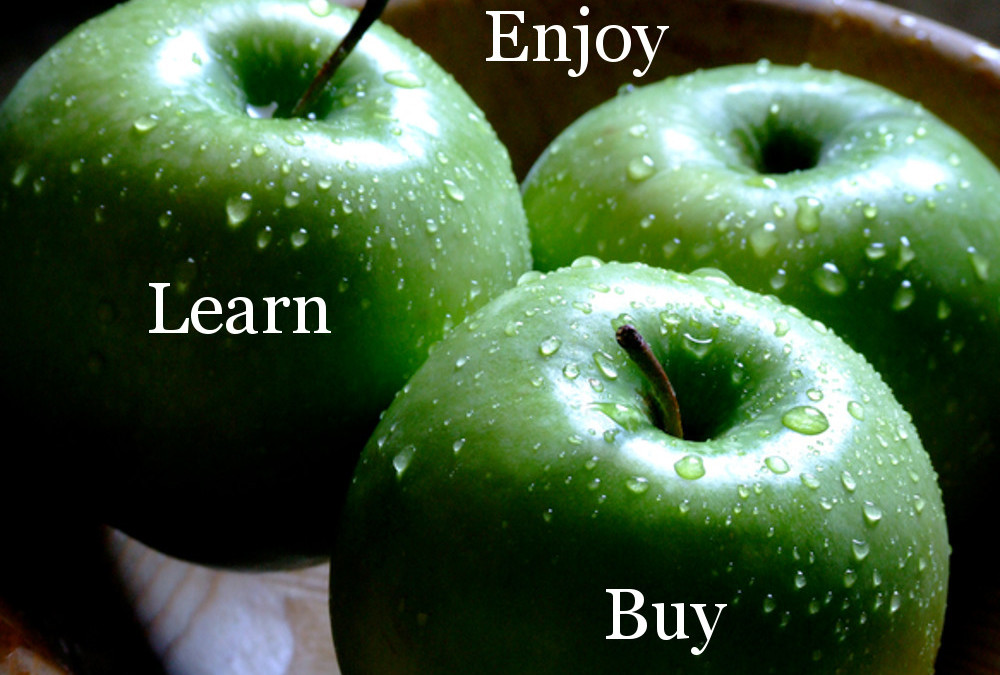Tell me, if you saw this image as a home page for a website, how compelled are you to press something. Maybe you aren’t, but I bet millions of people would. It raises a question, answers a question, and stimulates curiosity. What more could you ask of a home page?
Necessities often breed a trend. Websites started out pretty simple in the early days when we hand coded everything. The introduction of shopping systems, forums, blogs, directories, calendars, custom forms, all started to complicate websites by increasing their capabilities. I can still find websites with more than 100 links on the home page. Why would anyone want to wade through and decide from 100 choices. The chances are good that the person is there at your website for a few possible reasons.
We are starting to learn this, because we are forced to simplify for phones and headsets and small tablets. You can’t fit 100 readable buttons on a page of a phone or a small tablet. Incidentally, the line between a phone size and a tablet size screen is beginning to blur. Now picture the day when millions of people are walking down the street surfing the web and making phone calls with only the use of their computerized sunglasses. What then?
When you consider all this while designing a website, you have to imagine how to deliver the information in a very simple format. Fewer words. Fewer buttons. Clearer imagery. Some sound or narrative. Video is a great idea. Make it easy for the customer to get a hold of your message, then lead them into your world. Simplicity is comforting, smooth, obvious, direct, efficient. However, simplicity is NOT easy to achieve. But you have to simplify, because customers and users generally want to make a decision quickly. They might want to read deeper, but they will tire of you early if making the decision takes a lot of work.
Websites are expected to work well on a mobile device. Sometimes a separate website is built for the phones. My smaller clients are pleased when I use a WordPress Framework Theme that is compatible with laptops and mobile devices at the same time. However, what this means is that we are designing for two, radically different devices. The website design works the same way on both, but the dominant device is the one with the most restrictions, which happens to be very small tablets, like phones. So, the ultimate test of a website design is if it works well on the cell phone. This alters the way we think of website design on laptops. It has forced me to simplify the navigation and the scope of the website. Instead of providing all the options possible on the home page, it compels me to channel the user down a custom designed, somewhat linear, path. There might be only on option on the home page, three options on the next page, and that might open up into a list of more in depth options. This approach lightens the load of effort for the user when they make decisions. Lead the customer where you want them to go instead of giving them every possible option up front, then reveal other options when it will benefit you and them.
If you approach a building with 70 floors and 300 offices, but there is a spacious and attractive lobby just inside the door, with a courteous desk clerk, you would calmly ask the clerk to guide you to your destination. Otherwise, you would need to study a huge, complicated map of offices and labels to get there. It is up to us to be the desk clerk of our company website. Treat the customer like you would in real life. Simplify your approach at the front door, and as deep in as you can. Don’t just throw the user into the deep end of the pool from the start, and remember to try it all out on your smart phone.



